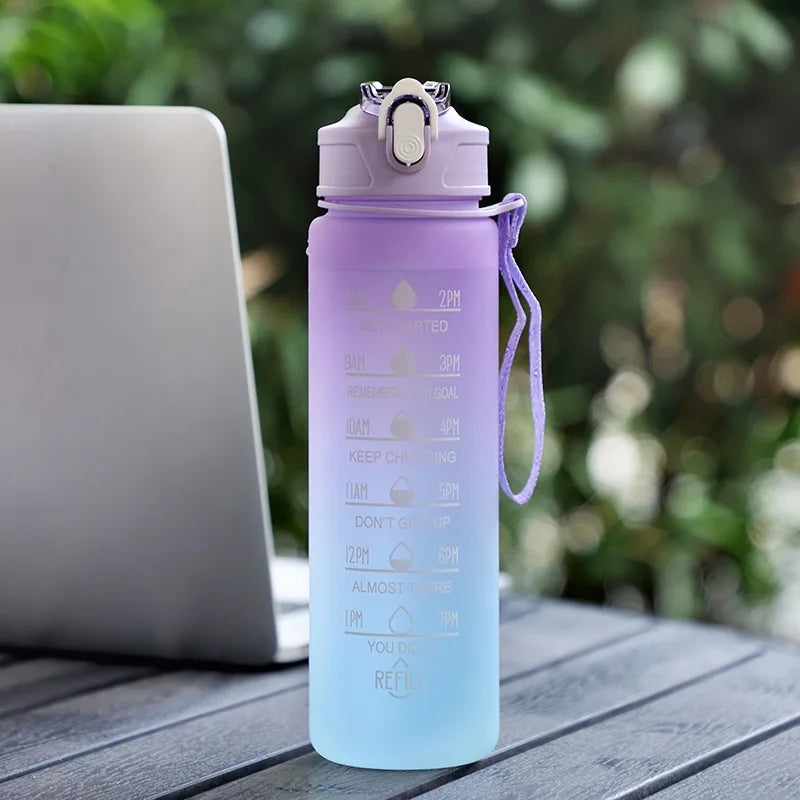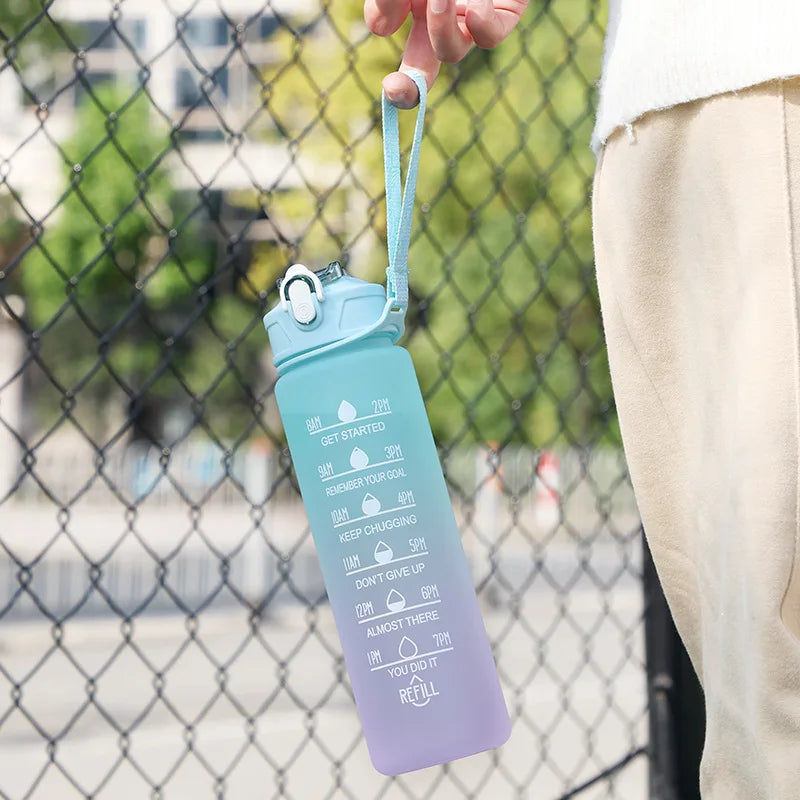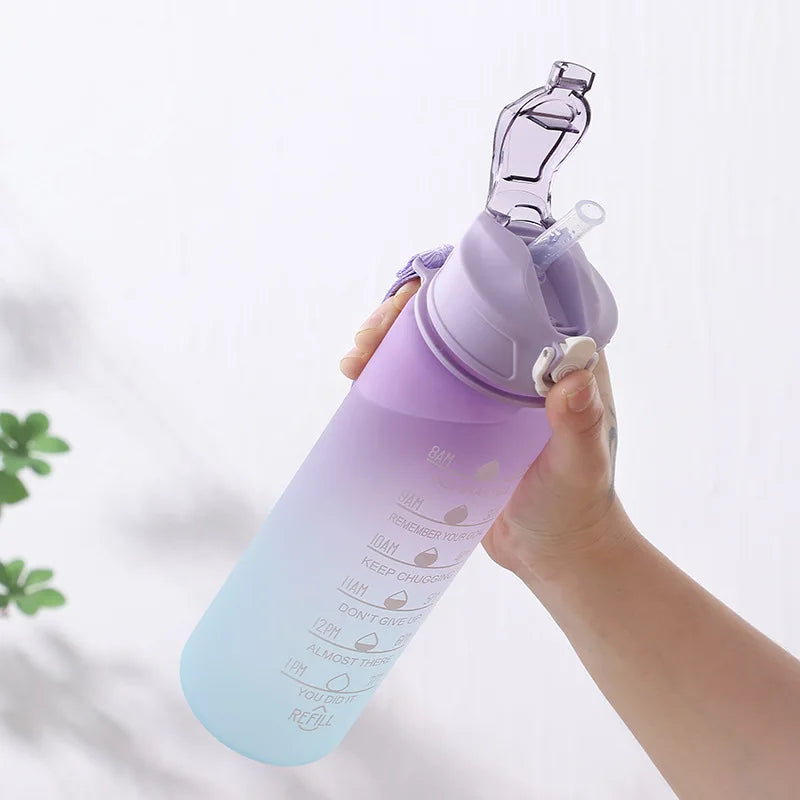
Bariatric Surgery - Risks, Rewards, Complications
What are the risks, rewards, and complications of bariatric surgery?
That’s what we plan to cover in today’s HealFast post where we will answer the following questions to make your research process thorough and simple.
-
What is Bariatric Surgery?
-
Why should I get Bariatric Surgery?
-
What are the Risks and Complications of Bariatric Surgery?
So let’s get started, there is a lot to cover!
What is Bariatric Surgery?
Bariatric Surgery, more generally called “weight loss surgery,” is the use of invasive measures to aid weight loss via the reduction of food consumption and sometimes absorption in the body primarily by restriction and malabsorption. Most common bariatric surgeries somewhat rely on restriction while others also incorporate malabsorption by bypassing some of the small intestines.
The most common types of bariatric surgeries include the following: Roux-en-Y gastric bypass, laparoscopic adjustable gastric banding, laparoscopic sleeve gastrectomy, and the Duodenal switch with biliopancreatic diversion. The Mayo Clinic has some wonderful videos and high-level information to help describe these 4 surgeries and we will cite them as we briefly talk about each below.
Roux-enY gastric bypass
Roux-enY Gastric bypass involves creating a smaller sectioned off a portion in the top of the stomach to receive food naturally. This smaller section gets filled up easily and makes a person feel “full” much sooner, leading to less consumption. From this smaller stomach section, a connection is made to the small intensities for food to flow through; and from the rest of the stomach, a pipe connects to a lower portion of the intestines for stomach juices to flow. In this surgery, because a portion of the small intestines is bypassed, fewer nutrients are absorbed as well. See the Mayo Clinic video2.
Laparoscopic adjustable gastric banding
This process affixes a cuff or “band” around the top of the stomach to make a pocket without surgically removing the stomach material. Within the inner-side of the cuff, a small balloon-like pouch can be filled (expanded) or emptied (contracted) with fluid to squeeze the stomach and control the ability of food to flow into the rest of the stomach and then into the intestines. The cuff is filled via a tube that has an entry point that sits directly below the patient’s skin. This process limits food intake but does not hinder levels of nutrient absorption from food that is consumed and passed through to the small intestines. See the Mayo Clinic video2.
Laparoscopic sleeve gastrectomy (“LSG”)
Like the Roux-en-Y gastric bypass, LSG removes a portion of the patient’s stomach to create a smaller pocket out of the upper portion. The smaller section is also connected to the small intestines so as to prevent nutrient malabsorption. However, an added benefit is the resulting smaller stomach may create smaller amounts of the chemical ghrelin which regulates your appetite. See the Mayo Clinic video3.
Biliopancreatic diversion using a duodenal switch
Like with LSG, a portion of the stomach is removed and sewed up into a smaller section, but this time the original valve that allows food to pass to the small intestine is kept intact along with a small portion of the immediately following small intestine. This portion of the valve and small intestine is called the “duodenum”.
The difference here comes in two parts:
-
The middle portion of the intestines (directly after the duodenum) are blocked off so that the tail end of the small intestine tract can be re-attached directly to the duodenum. This is the “duodenal switch” portion of the name.
-
Next, the “middle part” of the intestine that was removed is then reattached directly to the end to allow for any pancreatic digestive juices to flow back into the small intestines at this spot. This is the “Biliopancreatic diversion” portion of the name. See the Mayo Clinic video3 for a solid aid in understanding the nuance. Because there is a shortening of the intestinal tract, there is a reduction in nutrient absorption and capacity for food intake.
Why should I get Bariatric Surgery?
Bariatric Surgery is used in extreme situations to control obesity and other obesity-related diseases. Per the CDC, nearly ⅓ of Americans encounter moderate to severe obesity8; and these surgeries directly combat the person’s ability to consume and absorb excessive calories and nutrients, ultimately aiding an individual’s personal fight.
Weight loss surgeries are definitely more popular and safer now than in previous years. Bariatric surgeries are considered “big money” by the industry, but also help the healthcare system save funds (reducing the ~200Bn annual costs) and the individual years of unhealthy living. If a patient is suffering from the side effects of obesity (ex: Stroke, Type 2 Diabetes, heart disease, arthritis, cancer), whether from poor personal decisions or from uncontrolled chemical and physical imbalances; bariatrics surgery can provide some immediate benefits over the course of 1-4 years.
In some cases, researchers found that in the first year alone study participants saw excess weight reductions of nearly 80%! That said, the surgery is not without its risks or complications, and some studies have shown reduced effectiveness and weight gain after 4 years.
What are the Risks and Complications of Bariatric Surgery?
Bariatric surgery, as with any surgery, comes with the risks of doctor performance, patient handling, and post-surgery complications during recovery. Some items include hernias, blood clots, and of course, infections. Per Jama9, the bariatric post-surgery complication rate is nearly 70%!
However, as mentioned in other HealFast posts discussing enhanced recovery after surgery nutrition (“ERAS”), nutrition is critical for a patient’s recovery and nutritional deficiency is another very common and important complication to bear in mind. However, when it comes to bariatric surgery because the procedure either directly limits the amounts of nutrients into the body and/or limits the body’s ability to absorb them, as discussed above, nutrient deficiency becomes an even greater concern for recovery.
-
Pre-operative malnutrition
-
Decreased food intake - due to reduced hunger and increased satiety, food intolerances, frequent vomiting);
-
Inadequate nutrient supplementation (due to poor compliance with multivitamin/multi-mineral regimen, insufficient amounts of vitamins and/or minerals in supplements);
-
Nutrient malabsorption; and
-
Inadequate nutritional support (due to lack of follow-up, insufficient monitoring, difficulty in recognizing symptoms of deficiency).
The Study continues by stating4:
“For some nutrients (e.g., protein, vitamin B-12, vitamin D), malnutrition issues are reasonably addressed through patient education, routine monitoring, and effective treatment strategies. However, there is little attention paid to other nutrients (e.g., zinc, copper), which if left untreated may have devastating consequences (e.g., hair loss, poor immunity, anemia, defects in neuro-muscular function). This review focuses on malnutrition in essential minerals, including calcium (and vitamin D), iron, zinc, and copper, which commonly occur following popular bariatric procedures.”
Per the CDC and NHANES, nearly 80% of the US population already have insufficient nutrient intake (while at a healthy baseline) and nearly 10% can be considered clinically malnourished5.

As you can imagine, this can cause a lot of trouble for a healthy patient before even stepping foot inside an operating room, let alone a patient struggling with obesity. Thus, it is wise to consult with your doctor and establish a strong and regimented nutrition plan. It can’t hurt to pick up some supplements for enhanced recovery after surgery as well as use supplements in the next few years.
Lastly, some studies6 have shown that initial results beyond the first year start to taper off and potentially revert. Thus, it is critical that a patient use this first year to create and stick to very robust nutrition and exercise plans to combat the inability to consume as many nutrients and to continue fighting diabetes and weight regain.
How do I optimize results after Bariatric Surgery?
After bariatric surgery, you will be following a stricter diet and exercise plan as mentioned. This will be based on your restricted food intake and allow your body to cope with the surgery. For the first few days, you will most likely be on a liquid-only diet before moving to blended or pureed foods for a few weeks. This will help maximize nutrient intake for the available stomach space.
Once your doctor says you are ready, whole or solid foods will be added back to the diet again, but there may be some items that are no longer on the menu. Some of these items will include smaller items such as nuts, seeds, popcorn, beef jerky, or dried fruits7 as they are harder to digest.
Follow your diet plan, get exercise, maintain strong nutrition, and build strong habits. Be careful not to overeat as this may cause nausea, vomiting, lightheadedness, diarrhea, and profuse sweating. This occurs because too much food may hit your lower intestine too quickly.
If you can maintain the discipline and motivation to follow the plan, you can expect results above 50% weight loss in the first year and beyond. It’s all a mental and nutrition game after that. If you don’t put in the effort, you will wind up in the same spot again only with one less option at your disposal. Good luck!
We hope you enjoyed this bariatric surgery overview. For more HealFast posts, check out our blog and be sure to follow us on Facebook and Twitter! As always be safe, stay informed, and be healthy!
Citations:
-
http://jamanetwork.com/journals/jamasurgery/fullarticle/2422341
-
http://www.healthline.com/health/diet-and-weight-loss-pills-supplements#surgery3
-
http://jamanetwork.com/journals/jamasurgery/fullarticle/1392155
General Disclaimer: All information here is for educational purposes only and is not meant to cure, heal, diagnose nor treat. This information must not be used as a replacement for medical advice, nor can the writer take any responsibility for anyone using the information instead of consulting a healthcare professional. All serious disease needs a physician.
















